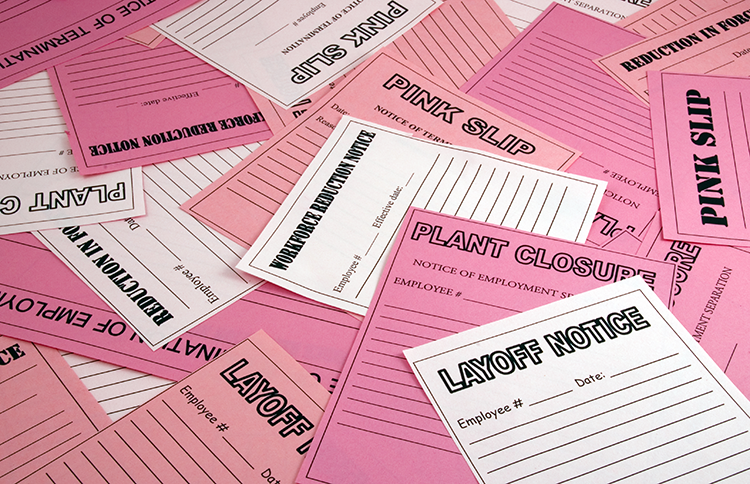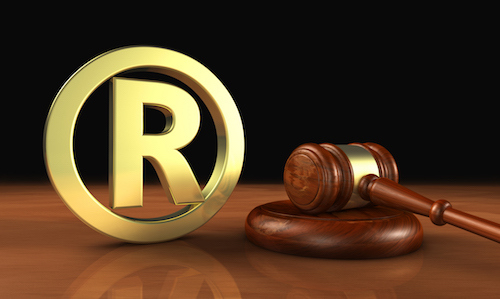The Limits of Artistic Expression: A Look Behind How MetaBirkin NFTs Infringed on Hermès’ Famous Trademark and Handbag Trade Dress | Stark & Stark
In early 2023, a federal jury found an opportunistic meta-artist infringed on a luxury fashion house’s iconic handbag trademark. Digital artist Mason Rothschild created 100 unique “MetaBirkin” non-fungible tokens (“NFTs”) depicting luxury brand Hermès International’s renowned Birkin bags covered in faux fur in a range of contemporary color and graphic representations. Rothschild sold the NFTs for $450 each and received re-sale commissions in the tens of thousands of dollars. Describing the project as an “experiment” in artistic expression and conceptual art, Rothschild likened the MetaBirkins to Andy Warhol’s famous Campbell’s soup can pop art. Proclaiming the MetaBirkins are artistic commentary on a status symbol of the rich, i.e. exclusive Birkin bags, Rothschild sought cover under the First Amendment to protect him from Hermès’ claim of infringement.
If an appropriated trademark is used to further plausibly expressive artistic purposes, and not to mislead consumers about the origin of a product or suggest that the trademark owner endorsed or is affiliated with the expressive work, the First Amendment protects that use as non-infringing. To that end, Rothschild argued his NFTs and the MetaBirkin name were part and parcel of his artistic expression; consumers were not misled into believing the NFTs were sponsored by or affiliated with the Hermès brand, and the MetaBirkin collection was a type of social experiment and commentary on the Birkin bag’s influence on modern society. Hermès countered that Rothschild sough to profit on the Birkin brand, sold the NFTs for over $1 million in large part because of the “Birkin” name, confused consumers into believing the NFTs were produced by Hermès and may lead to a real physical Birkin bag, or at a minimum a 3D usable Birkin bag in the Metaverse, and disrupted Hermès’s own plans to introduce NFTs and enter the NFT marketplace
First, we need to understand NFTs. NFTs are digital records of ownership, typically recorded on a publicly accessible ledger known as a “blockchain,” and can be thought of as digital unique trading cards. An NFT functions as a sort of “digital deed” representing ownership in the digital asset, which like a Picasso painting can be copied (i.e., reproduction prints) but there can only be one owner of the original (i.e., canvas painting). Here, each of the NFTs signified sole ownership of a particular “MetaBirkin,” that is, a unique digital image of a Birkin handbag rendered by Rothschild. Easy enough – but here’s the rub. Even though each NFT portrayed a Birkin bag clothed in a unique furry design and sold to individual buyers, Rothschild retained the ability to unilaterally change the image, title, or other attributes associated with the NFTs. He did this through the operation of “smart contracts,” a separate computer code stored on the blockchain that, among other things, determines the name of each of the NFTs, constrains how they can be sold or transferred, and controls which digital files are associated with each of the NFTs. Thus, while purchasers owned the digital trading cards, Rothschild owned the ability to change the cards’ contents and identifiers.
After the release and sale of the MetaBirkins, certain news media and press outlets ran stories and articles on the NFTs with the overt assumption Hermès was making a foray into the meta-market like other initial adopter fashion powerhouses like Gucci, Louis Vuitton, and Balenciaga. After Hermès’ objection to Rothschild’s use of the Birkin trademark went unheeded, Hermès filed suit in the United States District Court for the Southern District of New York. See Hermès International and Hermès of Paris, Inc. v. Mason Rothschild, Case No. 22-cv-384-JSR (S.D.N.Y. Jan. 14, 2022).
The legal question at the heart of the matter was whether Rothchild’s use of Birkin bags as exemplars covered with “goofy, garish fake fur” and using the Birkin name in the title of his works served an “artistic function” within the genre of “Business Art” (a discipline within conceptual art where art is used to look at the world of finance and business by participating in it to a certain extent). The applicable standard known as the Rogers test provides that an otherwise artistic work is not entitled to First Amendment protection if the plaintiff can show that either:
(1) the use of its trademark in an expressive work was not “artistically relevant” to the underlying work or
(2) the trademark is used to “explicitly mislead” the public as to the source or content of the underlying work. See Rogers v. Grimaldi, 875 F.2d 994, 998 (2d. Cir. 1989).
Usually a question of law and fact, the artistic relevance prong of the Rogers test is met when a defendant shows some level of artistic relevance to the underlying work (i.e., non-commercial association with the plaintiff’s mark) and is not found to have intended to use the mark to exploit the mark’s popularity and good will. But even where the use of a trademark bears “some artistic relevance” to an underlying artistic work, the First Amendment does not protect such use if it “explicitly misleads as to the source or the content of the work.” See Twin Peaks Prods., Inc. v. Publications Int’l, Ltd., 996 F.2d 1366, 1379 (2d Cir. 1993). Here, to determine whether a Rothschild’s use of Hermès’ Birkin trademark was explicitly misleading, the jury had to consider:
(1) the strength of Hermès’ mark, with a stronger mark being entitled to more protection;
(2) the similarity between Hermès’ “Birkin” mark and the “MetaBirkins” mark;
(3) whether the public exhibited actual confusion about Hermès’ affiliation with Rothschild’s MetaBirkins collection;
(4) the likelihood that Hermès will “bridge the gap” by moving into the NFT space;
(5) the competitive proximity of the products in the marketplace;
(6) whether Rothschild exhibited bad faith in using Hermès’ mark;
(7) the respective quality of the MetaBirkin and Birkin marks; and, finally,
(8) the sophistication of the relevant consumers.
And so the jury was tasked with determining whether Rothschild was liable for trademark infringement, trademark dilution, and cybersquatting resulting from his use of Hermès’ Birkin trademark and the Birkin bag trade dress. To find infringement, the jury had to find consumers were likely to be confused into thinking the MetaBirkins NFTs were made and sold or otherwise connected with, associated with, sponsored by, or approved by Hermès. To find dilution, the jury had to conclude that Rothschild’s use of the Birkin mark was more likely than not to dilute the distinctiveness of the Birkin mark. And finally, to find cybersquatting, the jury had to consider, in part, whether Rothschild had a bad faith intent to profit from the Birkin mark by diverting consumers using the metabirkins.com website domain name. The jury found Rothschild liable on all three counts.
Next, the jury had to consider whether Rothschild and his MetaBirkin works were entitled to First Amendment protection and to be absolved of liability. The determining factor was whether the jury believed Rothschild intended to confuse potential customers and intentionally adopted the Birkin mark to mislead potential consumers into believing Hermès was associated with the MetaBirkins project. The jury decidedly found that Rothschild’s “experiment” was not protected by the First Amendment and awarded damages to Hermès totaling $133,000. Perhaps Rothschild’s text messages saying people don’t “realize how much you can get away with in art by saying ‘in the style of,’” boasting he was “in the rare position to bully a multi-billion dollar corp[oration],” wanting to “create the same exclusivity and demand for the famous handbag,” and encouraging his designers to generate the MetaBirkin NFTs “real fast” because he was “sitting on a goldmine” had something to do with the jury’s verdict.
Rothschild is certainly not happy with the result and is likely to appeal. But the decision stands as a beacon of warning to artists and entrepreneurs alike who decide to appropriate and “reinvent” a popular trademark for commercial gain.









